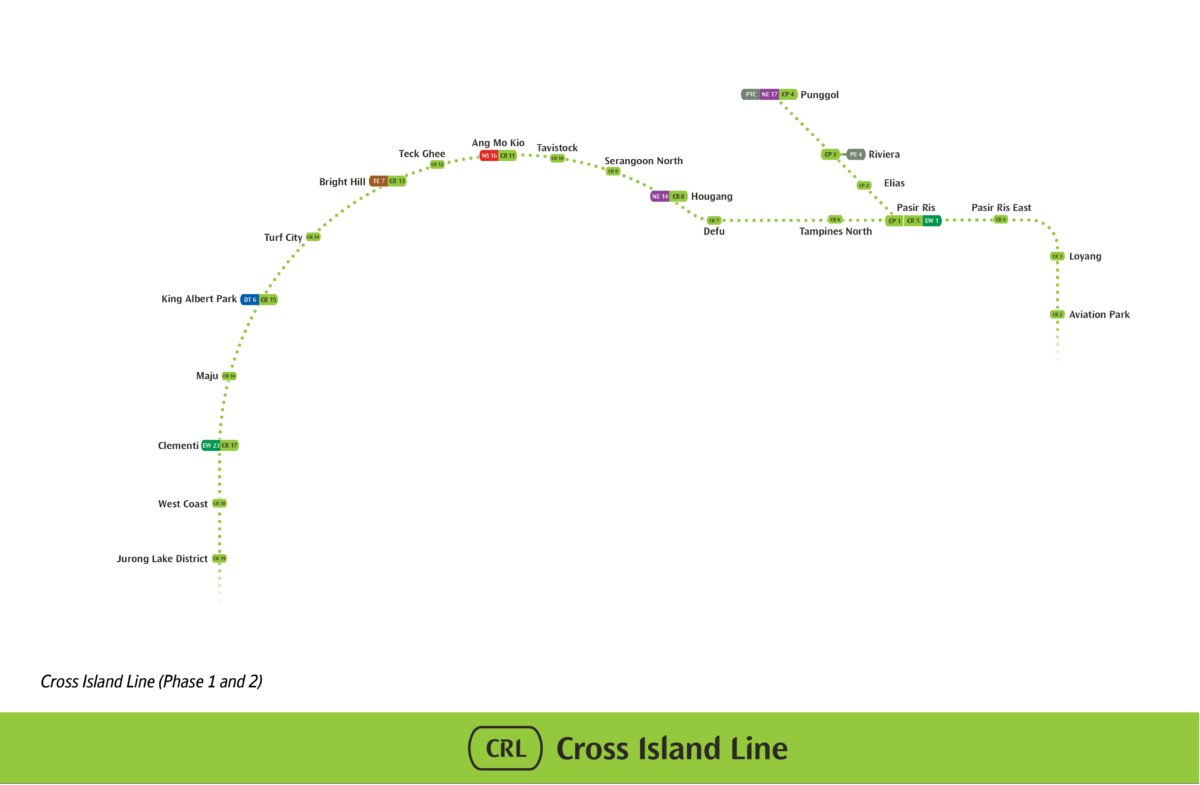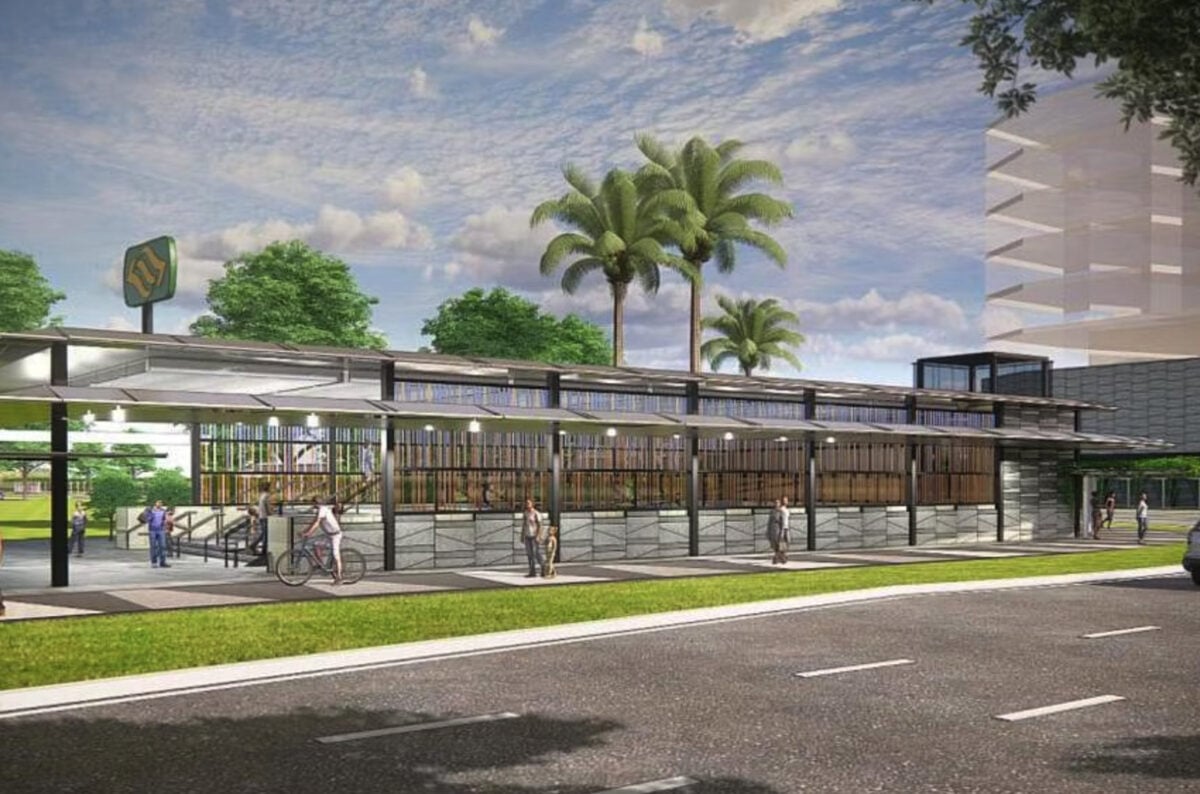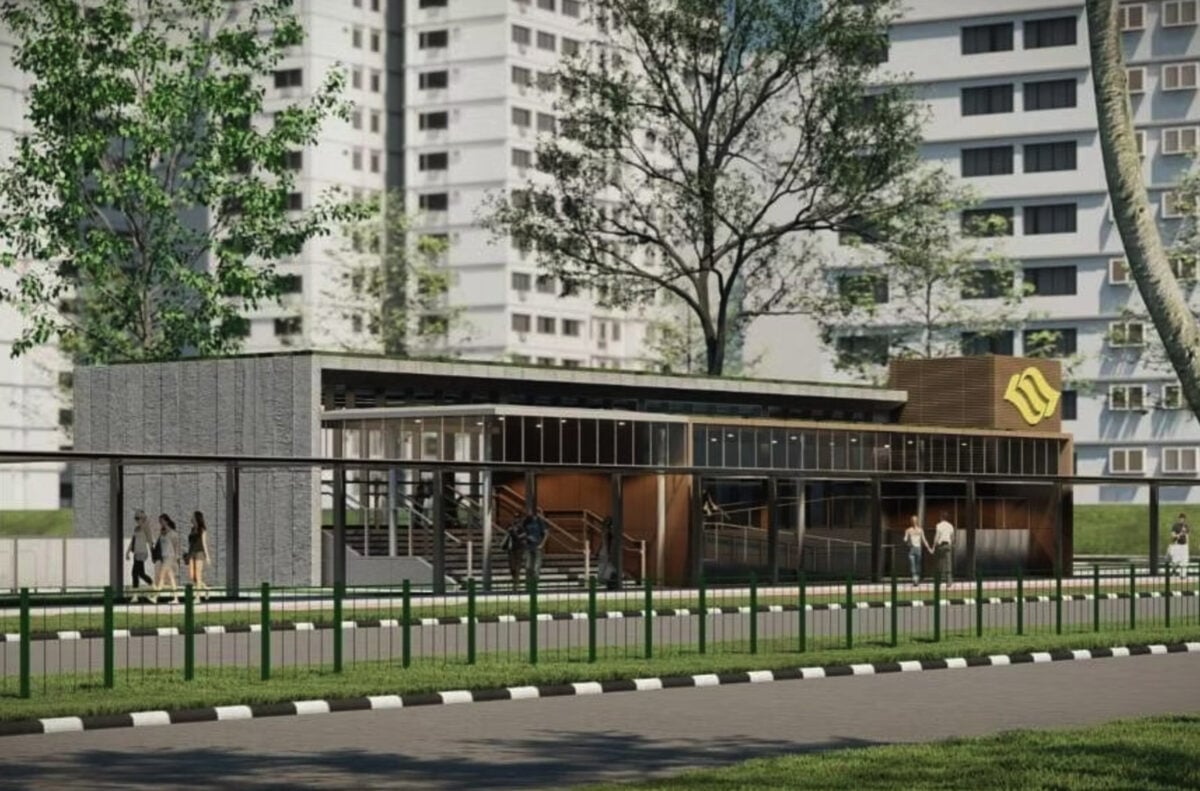(Image credit: Jia Wei Ng on Unsplash)
We have recently been graced with the news that the Cross Island MRT Line Punggol extension is undergoing active progress of work. Residents in both Punggol and Paris Ris can rejoice in knowing that they will be able to enjoy shorter travel times island hopping. However, are shorter travel times the only benefit residents and businesses can get from this project?
Construction on the Cross Island Line (CRL) Punggol extension has commenced, promising to reduce over 70,000 daily commutes between Singapore’s north-east and east. Slated for operation by 2032, this 7.3km extension will introduce four new stations: Punggol, Riviera, Elias, and Pasir Ris.

The development aims to significantly cut travel times, with the Punggol to Pasir Ris journey expected to take just 15 minutes, a stark reduction from the current 40-minute bus ride. The Land Transport Authority (LTA) has implemented measures to minimise construction disruptions, and the extension is anticipated to benefit over 40,000 households, enhancing connectivity to key areas like the Punggol Digital District and Changi Aviation Park.
Further into this article, we will be diving into the impact of this project on real estate dynamics, how far will enhanced connectivity be beneficial, and also on the second phase of this project overall.
Impact on real estate dynamics

The introduction of the Cross Island Line (CRL) Punggol extension is poised to bring transformative changes to the real estate landscape in Punggol and Pasir Ris. They include:
- Reduced travel times. The CRL Punggol extension is set to reduce approximately 70,000 daily commutes between north-east and east. Historically, with the development of new MRT lines and stations, it opens for better appreciation in property values in the immediate and surrounding areas. These include Punggol, Riviera, Elias, and Pasir Ris. We could expect a surge in interest and consequently, value.
- Demand pattern shifts. Consecutively, with higher appreciation in value, comes the change in the type (and frequency) of demand. Evidently, with more properties being near to MRT stations, a younger demographic, such as working professionals who commute daily, will seek out MRT-bound homes. With the reduced travel times, even areas ‘far’ from central areas might no longer be seen as such, thus broadening the appeal of residential areas in Punggol and Pasir Ris.
- Better living experience: With the above points, residents and businesses can experience an enhanced overall quality of life and living due to less reliance on buses, cars, and motorcycles, saving more expenses and time. Additionally, with the Punggol station linking to the North East MRT Line, Riviera connecting to the Punggol LRT Line, and Pasir Ris joining the East-West MRT Line, residents and businesses get to enjoy a wider variety of transportation options, making daily commutes, weekend outings, and even occasional trips convenient and cheaper.
Read more: Resale executive condominiums (ECs) near MRT stations (within 10-min walk!)
The promise of connectivity

The CRL might seem like just another infrastructural project but looking deeper into its significance, we can see that it represents a significant leap in enhancing the connectivity of our north-east and east regions. Here’s how we can look at it:
- Residents and businesses get tangible benefits. A focused advantage of the new CRL is the drastic reduction of travel times (e.g. Punggol to Pasir Ris is 15 minutes, compared to the 40-minute bus ride). Additionally, residents of east Punggol can reach the Loyang industrial area in 20 minutes, instead of a 45-minute bus ride, via the Riviera station. What these two examples mean to residents and businesses is that it leads to better work-life balance and increased efficiency respectively.
- New development potential. More connectivity, more prime spots for commercial and residential developments. Punggol, Riviera, Elias, and Pasir Ris are strategic locations with their new stations that will offer business opportunities and perhaps new commercial hubs. On the residential side, more housing projects can commence paving way to homebuyers who value transportation convenience.
- Broader vision and strategic locations. These new stations in the CRL project are not standalone entities; they are part of a broader vision for Singapore’s urban transportation and planning. With the Punggol station linking to the North East MRT Line, Riviera’s connection to the Punggol LRT Line, and Pasir Ris’s integration with the East-West MRT Line showcases our nation’s commitment to building a well-connected city. With these strategic locations connected, it ensures residents and businesses have a plethora of transportation options, making travel seamless and efficient.
Read more: Navigating Singapore’s public transportation: A guide for concert-goers
A glimpse into the future
As the city-state continues to evolve, so too does its commitment to creating a well-connected urban environment. Let’s take a look at upcoming MRT extensions and what else lies in the future of Singapore’s infrastructure:
Upcoming MRT extensions
Construction is in progress for the first phase of the line, connecting Aviation Park to Bright Hill, set to be operational by 2030. Additionally, tenders are being rolled out for the second phase, which will link Turf City to Jurong Lake District, with services anticipated to commence in 2032. These developments signify Singapore’s commitment to continually enhance its rail network.
Broader vision and implications for the future
Singapore’s transportation strategy goes beyond immediate extensions. Preliminary engineering studies for the third phase of the CRL are underway, and upon completion, the CRL will stand as Singapore’s longest fully underground MRT line. This focus on extensive underground rail development reflects Singapore’s vision to alleviate surface-level congestion and optimise urban space. The strategic expansion of the MRT network not only promises efficient transit but also fosters opportunities for residential and commercial growth, reinforcing Singapore’s stature as a premier global urban hub.
Conclusion
The Cross Island Line (CRL) Punggol extension, along with the planned phases and broader transportation initiatives, underscores Singapore’s unwavering commitment to urban development and connectivity. As our city-state continues to enhance its rail infrastructure, residents and businesses alike stand to benefit from reduced travel times, increased accessibility, and the potential for new commercial and residential hubs. These developments not only elevate the daily living experience but also pave the way for future growth and opportunities.
As we look to the future, there’s a palpable sense of optimism for more extensions and initiatives that further integrate Singapore’s residential and commercial areas, driving the nation’s vision of a seamlessly connected and vibrant urban landscape.
Properties for you
The post The future of property in Punggol and Pasir Ris: How the new MRT extension could reshape real estate demand appeared first on .














































